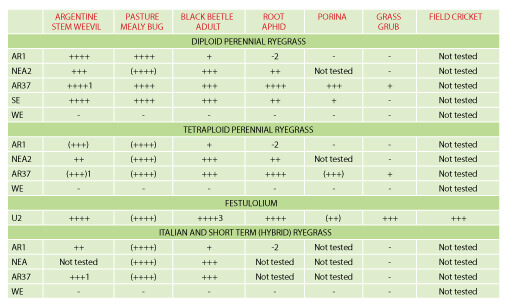New and established pastures require dilligent pest management to ensure maximum ongoing performance. We've listed the main pasture & crop pests to watch out for.
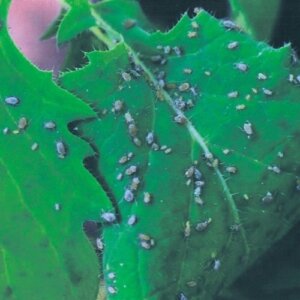
Aphids
EFFECT
Eat forage.
There are usually two flights per year with the first occurring from late spring/early summer and the second from late summer/early autumn. It is during the nymph stage that feeding damage occurs to plants. Brassica crop plantings from November to March are usually the most vulnerable to Aphid attack.
CONTROL
- Ultrastrike seed treatment
- Aphid-tolerant varieties
- Application of insecticide
- Recognise flight periods and control infestations early
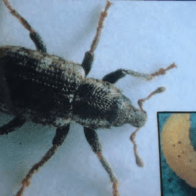
Argentine Stem Weevil
EFFECT
Larvae appear from October onwards and feed on tillers causing them to yellow and then brown and ultimately die. Poor resulting of pasture is often mistakenly attributed to other factors such as drought. Adult weevils feed all year round on leaves leaving narrow rectangular holes in the leaves usually near the tips.
CONTROL
- Use of Ultrastrike brassica or Superstrike Grass seed treatment to protect seedlings
- Removal of host ryegrass plants
- Recognise flight periods and control infestations early
- Application of insecticide
- Use tolerant species (cocksfoot, tall fescue)
- Use of grasses with standard, AR1, Endo5, AR37 or MaxP endophytes
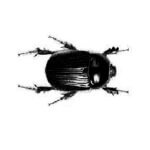
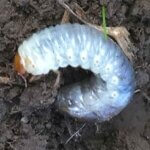
African Black Bettle
EFFECT
CONTROL
- Use of Superstrike seed treatment to protect seedlings
- Use of grasses with standard, Endo5, AR37 or maxPR endophytes
- Insecticide application
- Use of a Summer forage crop (e.g. Pasja II forage brassica)
- Use of resistant species (e.g. lucerne)
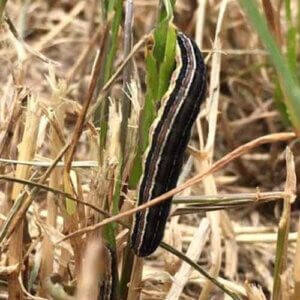
Army Worm
EFFECT
Armyworms are nocturnal caterpillar pests of grass pastures and cereal crops. Armyworms mostly feed on leaves, but under certain circumstances will feed on the seed stem, resulting in head loss. They should be controlled if there are rapidly expanding areas with more than 60% leaf loss.
CONTROL
- Insecticide application in late afternoon
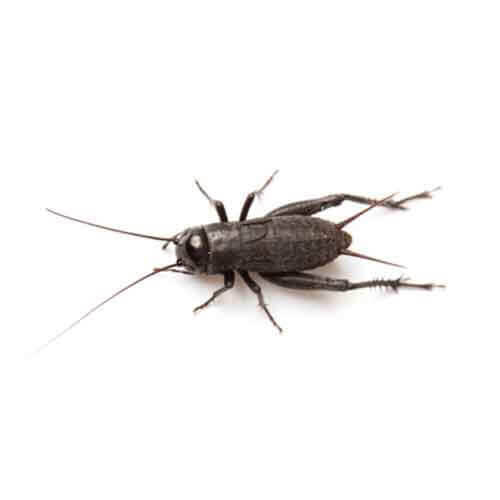
Black Field Cricket
EFFECT
Grass plants may be completely consumed down to the crown. Seeds and seedlings are attacked also, so areas with heavy infestations may become totally devoid of vegetation.
CONTROL
- Application of cricket bait for Black Field Cricket control
- Insecticide application
- Use of a summer forage crop (e.g. Pasja II forage brassica)
CRICKET BAIT
For more information on cricket bait available from Notman Pasture Seeds visit our detailed page here
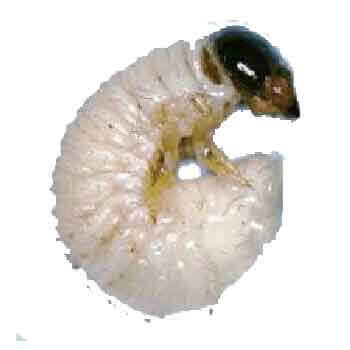
Black Headed Cockchafer
EFFECT
The larvae, and the damage they cause, gradually spreads out until the areas of infestation and the improved pasture species can seemingly start to "disappear" very quickly.
CONTROL
- Use of Superstrike Clover seed treatment to protect seedlings
- Newer cultivars with greater tolerance
- Granular intesicide sown in the root zone
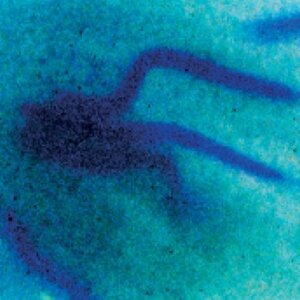
Clover Nematodes
EFFECT
Invades clover roots and cause damge at the growing tip which allows root disease to occur. Damage may result in dwarfing, discolouration, wilting and plant death.
CONTROL
- Use of Superstrike Clover seed treatment to protect seedlings
- Newer cultivars with greater tolerance
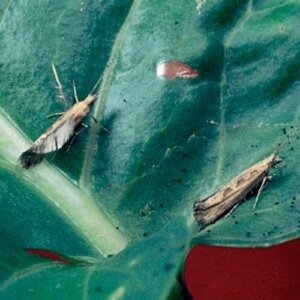
Diamondback Moth
EFFECT
Lay eggs in brassica plants and can cause damage to leaf and seeds. Larvae prevalent in brassica forage crops such as turnips & rape.
CONTROL
- Removal of old brassica plants which may act as carry-over hosts
- Application of insecticide
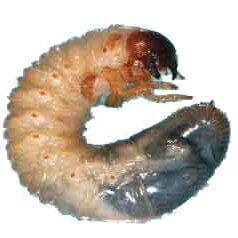
Red Headed Cockchafer
EFFECT
Redheaded cockchafers feed underground and remain below the surface, with the larvae feeding on organic matter in soil. Dead pasture amongst green pasture is the main indication of their presence. Severe damage where top soil is deeper than 6 inches & rainfall is 500mm plus.
CONTROL
- Newer cultivars with greater tolerance
- Deep-rooted plants such as lucerne, cocksfoot and phalaris, are less susceptible to damage.
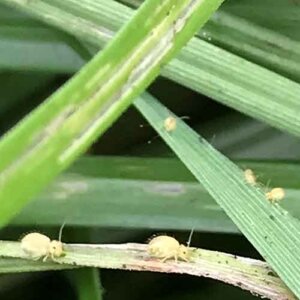
Lucerne Flea
EFFECT
Lucerne Flea move up plants from ground level eating tissue from the underside of folliage, this makes a characterisitc "small window" effect on the leaves. Sever damage can stunt or kill seedlings.
CONTROL
- Superstrike or Ultrastrike seed treatments to protect seedlings
- Insecticide applications.
- Regular pasture monitoring
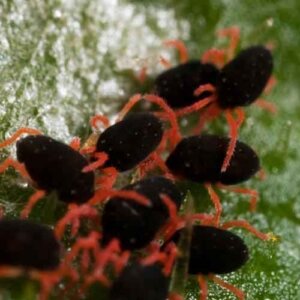
Red Legged Earth Mite
EFFECT
Hatching of RLEM is typically after 10days of less than 20degreees and greater than 5mm rain. Feeding is by piecing plant cells and sucking out contents. Typical damage appears as silvering or whitening of the attacked foliage
CONTROL
- Regular pasture monitoring
- Use Ultrastrike or Superstrike to protect seedlings
- Insectide application
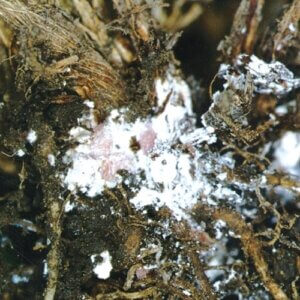
Pasture Mealy Bug
EFFECT
Most damage is a direct result of feeding so that only high populations are important. infestation can be recognized from the surrounding white wax substance found in the crown of the plant.
CONTROL
- Use of grasses with standard, AR1, Endo5, AR37 or MaxPR endophytes
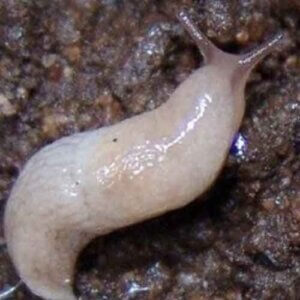
Slugs/Snails
EFFECT
Feeding takes place mainly at night, and will be shown as holes in the leaves, stems or roots. Slime is a good indication of slugs or snails.
CONTROL
- Monitor slug numbers
- Slug Bait application







